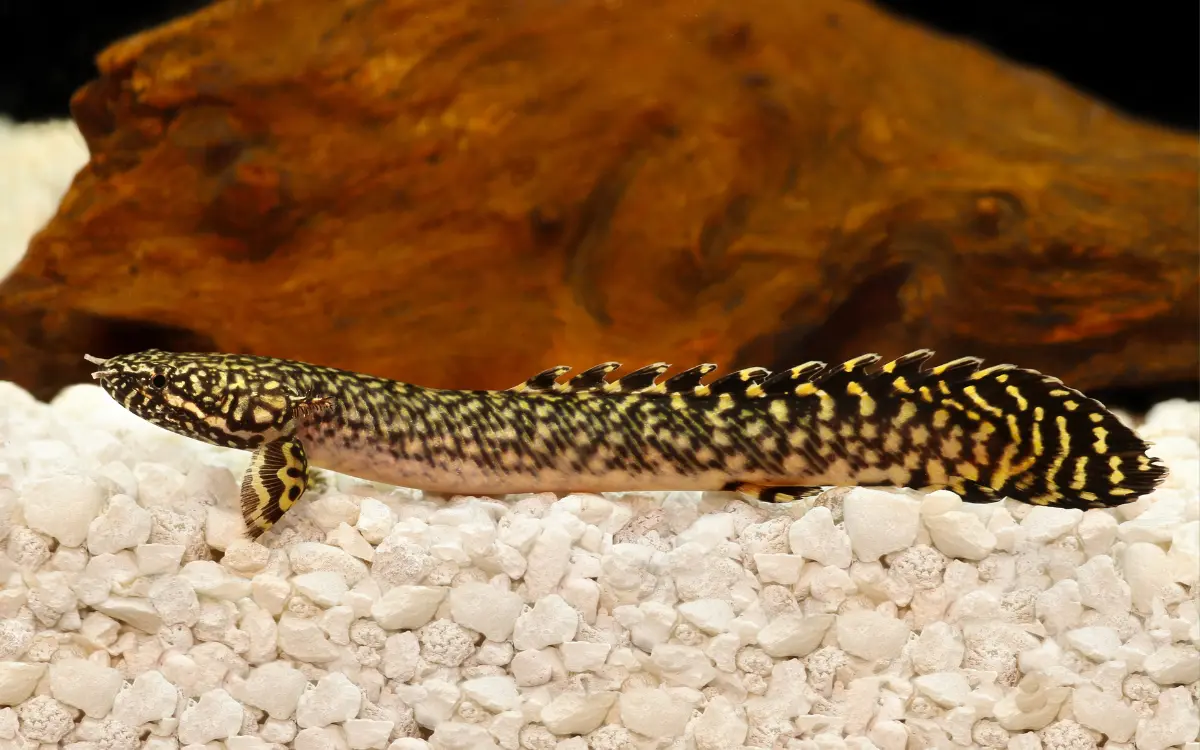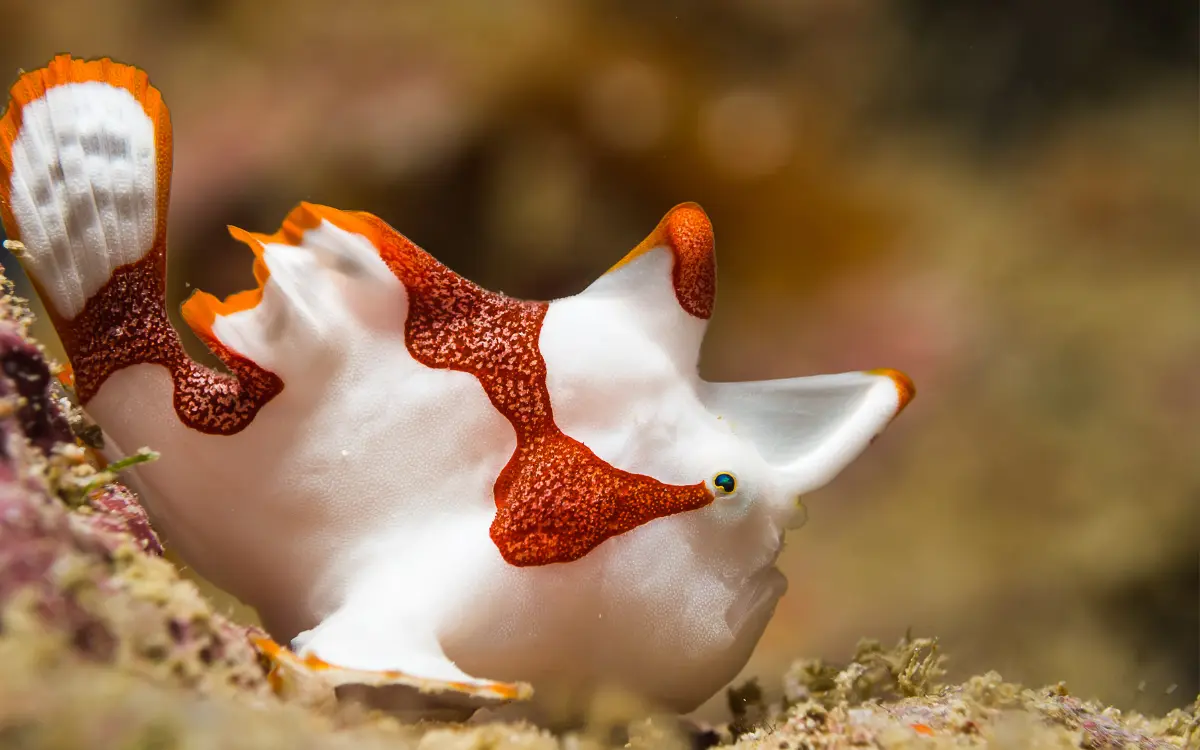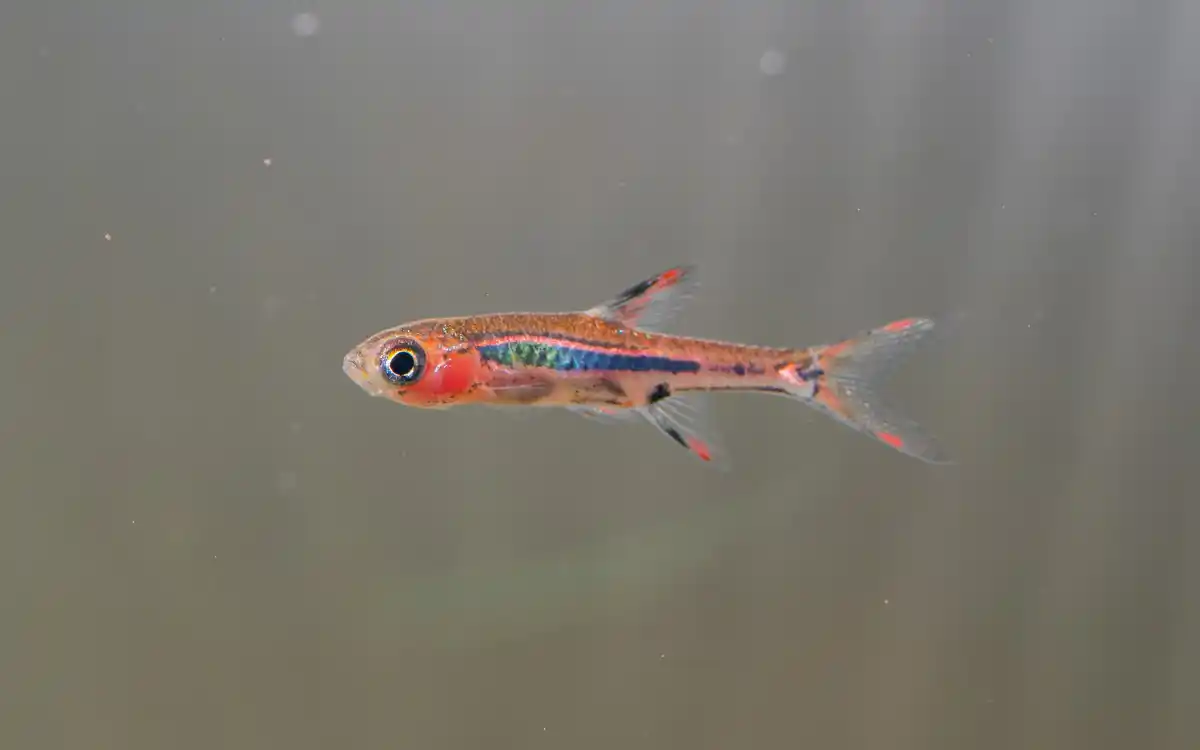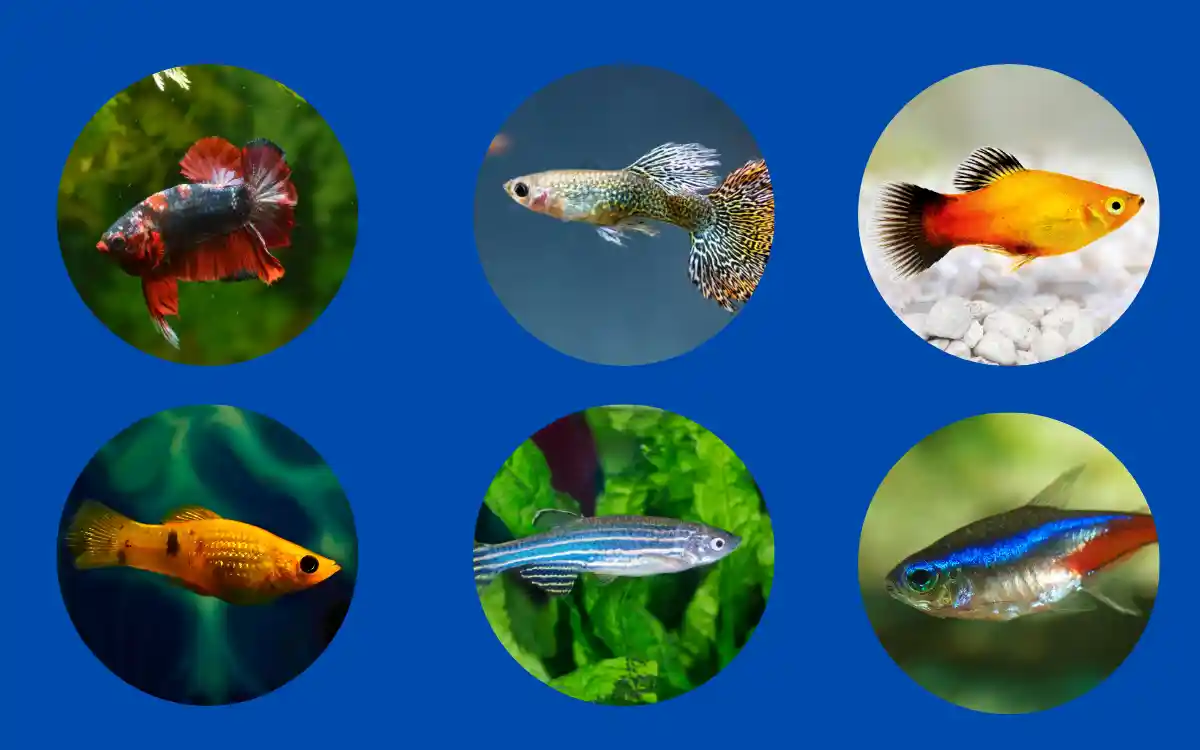Parrot Cichlid Care: Tank Size, Feeding, Behavior
Parrot Cichlids are one of the most colorful and charismatic freshwater fish you can add to your aquarium. Known for their bright orange-red bodies and curious personalities, these hybrid fish are popular with both beginner and experienced aquarists. But they’re not your typical cichlids—because of their unique body shape and hybrid origins, they come with some special care needs.
In this guide, you’ll learn everything you need to know about Parrot Cichlid care, including ideal tank setup, feeding tips, compatibility, and how to handle common health issues.
What Is a Parrot Cichlid?

Parrot Cichlids are a man-made hybrid, often created by crossing midas cichlids with redhead cichlids. They’re not found in the wild, and their rounded bodies, beak-like mouths, and bright coloration make them instantly recognizable.
Quick Facts:
- Size: 7–10 inches
- Lifespan: 10–15 years
- Temperament: Semi-aggressive
- Swimming Zone: Middle and bottom
- Best For: Beginner to intermediate aquarists
Want more vibrant options? Visit our Colorful Freshwater Fish Guide
Tank Setup for Parrot Cichlids
Tank Size
These fish get larger than many people expect. For one adult Parrot Cichlid, you’ll need at least a 55-gallon tank. If you plan to keep more than one, upgrade to 75 gallons or more. This helps reduce aggression and gives them space to explore.
Water Conditions
| Parameter | Ideal Range |
| Temperature | 76–80°F (24–27°C) |
| pH | 6.5–7.5 |
| Hardness | 6–18 dGH |
Use a heater to maintain temperature and test water weekly for stability.
Filtration and Flow
Parrot Cichlids are messy eaters and produce a lot of waste. Use a powerful canister or hang-on-back filter, and perform 20–30% weekly water changes to keep conditions clean.
Substrate and Décor
- Substrate: Sand or smooth gravel
- Décor: Include caves, driftwood, or clay pots for hiding
- Avoid sharp decorations—they can scrape their bodies
- Use hardy plants or artificial ones, as they may dig
Feeding Parrot Cichlids
Parrot Cichlids are omnivores, and their awkward-shaped mouths require special feeding care.
Diet Includes:
- High-quality pellets or sinking cichlid food
- Frozen or live foods: bloodworms, brine shrimp
- Blanched vegetables: zucchini, spinach, peas
Feeding Tips:
- Feed 2–3 small meals per day
- Use sinking foods—they have trouble picking food from the surface
- Clean up leftovers to avoid poor water quality
Parrot Cichlid Behavior
Parrot Cichlids are lively, curious fish that love interaction. They’ll often recognize their owners and come up to the glass when it’s feeding time.
Personality Traits:
- Semi-aggressive, especially during feeding
- May dig into substrate and rearrange tank décor
- Best kept in peaceful or semi-aggressive tanks with similar-sized fish
Planning a peaceful tank? Explore our Community Fish Guide
Compatible Tank Mates
Parrot Cichlids can live with other fish—but tank mates should be chosen carefully based on size and temperament.
Good Tank Mates:
- Severums
- Firemouth Cichlids
- Silver Dollars
- Blood Parrots (same species)
- Large Barbs (Rosy, Tinfoil)
Avoid These:
- Small fish (they may become snacks)
- Shrimp or snails
- Aggressive species like Oscars, Green Terrors
- Fin-nippers like Tiger Barbs
Always monitor interactions when adding new fish.
Read also: Blood Parrot Cichlid Care Guide
Health Issues in Parrot Cichlids
Because of their body shape and hybrid background, Parrot Cichlids can experience some unique health problems.
Common Issues:
- Swim bladder problems – can cause swimming imbalance
- Feeding difficulty – due to malformed mouths
- Stress – from aggressive tank mates or poor water
- Hole-in-the-head disease – common in cichlids, related to water quality or poor diet
Prevention Tips:
- Keep water clean and oxygenated
- Feed a high-quality, balanced diet
- Avoid overstocking
- Add vitamins or garlic to food occasionally
Breeding Parrot Cichlids
Parrot Cichlids may form pairs and show spawning behavior, but most males are sterile, which makes successful breeding unlikely in home aquariums.
If Breeding Happens:
- Female lays eggs on flat rocks or in a cave
- Male may fertilize (rarely successful)
- Remove other fish to protect the eggs
If the eggs hatch, feed fry with infusoria or baby brine shrimp.
Are Parrot Cichlids Right for You?
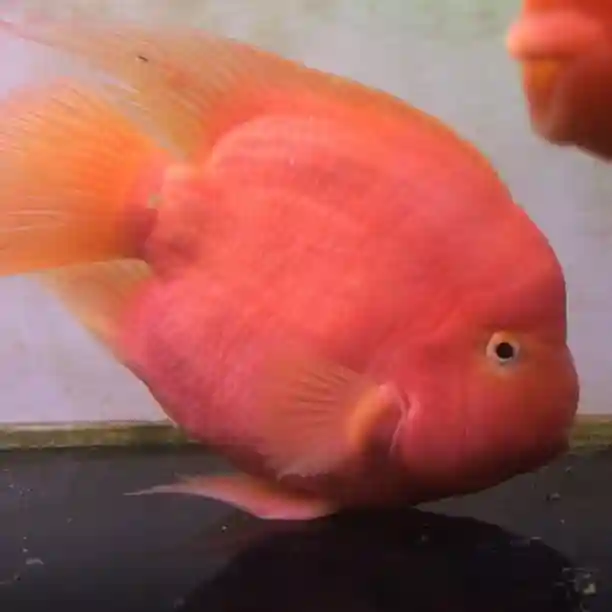
Parrot Cichlids are ideal for aquarists who want a fish with personality, color, and interaction. While they’re hardy and beginner-friendly, their specific care needs mean you’ll need to keep up with regular maintenance.
They’re a great fit if you:
- Have a 55+ gallon tank
- Enjoy interactive fish
- Can manage semi-aggressive behavior
- Want a colorful, long-lived species
FAQs
Are Parrot Cichlids aggressive?
They’re semi-aggressive and can be territorial, especially during feeding.
Can Parrot Cichlids live with other fish?
Yes, with similar-sized and non-aggressive tank mates.
What’s the best tank size for a Parrot Cichlid?
55 gallons for one fish. Add more space if keeping them in a group.
Can Parrot Cichlids breed in home tanks?
Breeding is rare due to male infertility, but egg-laying can still happen.
Do they bite or nip?
Not usually—they can’t close their mouths fully, so nipping is minimal.
Final Thoughts
Parrot Cichlids are a beautiful and engaging addition to your aquarium. With the right setup, diet, and tank mates, they’ll thrive for years and become a centerpiece in your tank. Whether you’re a beginner or a seasoned aquarist, these fish offer a unique blend of beauty and personality—just make sure to give them the space and care they deserve.

